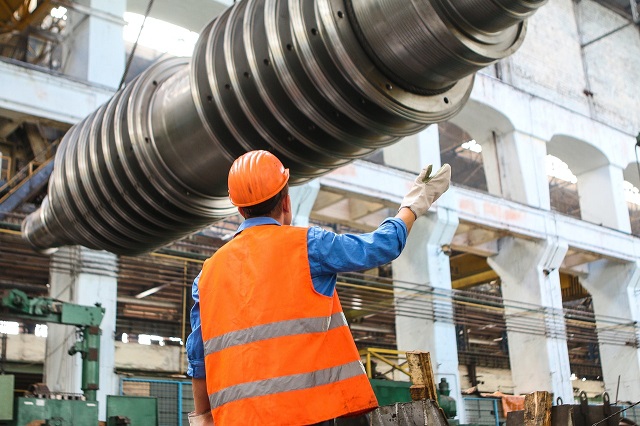
This article originally appeared in Energy Efficiency Magazine as part of a series of responses about energy efficiency’s role in global economic recovery from COVID-19.
Energy-efficient buildings are an important key to unlocking recovery from the health and economic crises of COVID-19, as well as a critical solution for addressing the climate crisis. The IEA estimates that sustainable buildings can save more than $1 trillion by 2050, which will be critical to households, companies and governments. What’s more, much of the extraordinary opportunity to improve the buildings sector – both in the near term and long term – remains frustratingly untapped. Efficiency improvements are a ready intervention, waiting for a simple push that could reap multiple benefits.
While the building sector is often seen as highly technical, action is critical because of its direct impact on people – and people must be the focus of this recovery. So let’s start by looking at people, and work backwards to the technical improvements in buildings that can provide real benefits.
People, especially those who live in cities, spend most of their time in buildings. The average person in the U.S. spends 90% of their lives inside. We’ve seen increasing evidence that airflow and ventilation in buildings is a factor in the spread of COVID-19. Improvements to these ventilation systems – which can be made in conjunction with energy efficiency improvements – can improve people’s health and livelihoods. For example, building energy efficiency retrofits can reduce symptoms of respiratory and cardiovascular conditions, arthritis and allergies. These health impacts far outweigh the costs of upgrades, with benefit-cost ratios as high as 4:1 when health and wellbeing impacts are included.
In addition to health improvements, energy-efficient buildings provide additional benefits to people by reducing household energy bills and thus energy poverty, improving access to efficient household appliances, and enhancing resilience to future climatic or economic crises. Achieving these benefits requires improvements to millions of homes, office buildings and other buildings – a fact often seen as a hurdle. But as national, state and local governments seek ways to kickstart economic recovery after COVID-19, this challenge can be an opportunity. Every million dollars invested in building energy efficiency measures can create between 9 and 30 jobs, many of which require little training and can be rapidly scaled up due to an existing construction workforce. The IEA’s Sustainable Recovery Plan estimates that some 9 million energy efficiency jobs could be created worldwide in the next three years, mostly by renovating buildings.
Energy efficiency is the first building block to decarbonizing the building sector, and more ambitious improvements toward decarbonization can accelerate renovation and construction activity. For example, one study found that a 27% efficiency improvement in buildings in Europe between 2016 and 2030 would create 2 million new jobs.
Since 2015, the Building Efficiency Accelerator (BEA) has accelerated local government implementation of building efficiency and decarbonization policies and programs. In 55 cities and states across 25 countries, the BEA has built stakeholder coalitions led and informed by local partners, using global expertise to improve the building sector. The BEA builds local institutional and technical capacity, enabling governments to set these more ambitious goals that lead to improved outcomes for people.
Energy-efficient buildings bring multiple benefits to people – better health, reduced energy bills, reduced energy poverty, improved resilience, and more jobs – and put us one step closer to the greener, more resilient future we all seek.
Debbie Weyl is Manager for the Buildings Initiative at WRI Ross Center for Sustainable Cities.








